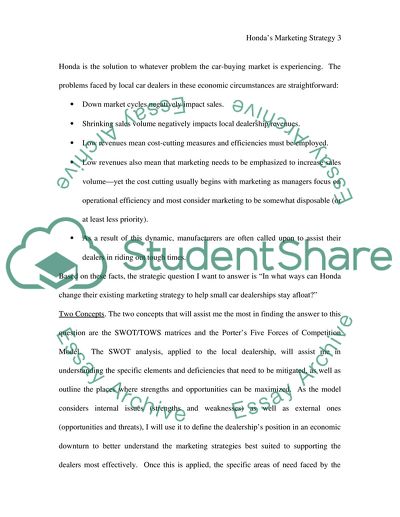Cite this document
(Hondas Marketing Strategy: Keeping Local Dealers in Business Research Paper, n.d.)
Hondas Marketing Strategy: Keeping Local Dealers in Business Research Paper. Retrieved from https://studentshare.org/marketing/1720038-honda-sales
Hondas Marketing Strategy: Keeping Local Dealers in Business Research Paper. Retrieved from https://studentshare.org/marketing/1720038-honda-sales
(Hondas Marketing Strategy: Keeping Local Dealers in Business Research Paper)
Hondas Marketing Strategy: Keeping Local Dealers in Business Research Paper. https://studentshare.org/marketing/1720038-honda-sales.
Hondas Marketing Strategy: Keeping Local Dealers in Business Research Paper. https://studentshare.org/marketing/1720038-honda-sales.
“Hondas Marketing Strategy: Keeping Local Dealers in Business Research Paper”, n.d. https://studentshare.org/marketing/1720038-honda-sales.


